- It allows live online classes.
- It can integrate with any Google platform or LMS system.
- It is cost-effective.
- It is easy to use.
- Teachers and students can collaborate on this platform.
- Teachers can create and grade assignments, provide feedback and interact with parents.
- It doesn't have advanced LMS tools or features.
- The user interface is boring and unattractive.
- Easynote Easynote: The 6-in-1 Tool for All Your Work-Related Tasks
- Digitaldefynd Want to Learn from Top Universities? Explore DigitalDefynd’s Offerings
- Hive Index Connecting Minds: Explore a Universe of Communities Tailored for You
- NextPage NextPage Review 2024- Do Spontaneous Meetings with Colleagues and Friends
- Monday.com Monday.com- Work Management App
- To-Teach Empower Your Teaching with To-Teach: Subject-Specific Tools and Customization
- Edworking Tired of Disorganized Projects? Meet Edworking
- Brisk Teaching Brisk Teaching- Free Chrome Extension for Teachers
- BugHerd How to Handle Web Development Clients and Issues Effectively?
- Kudos Get Your Research Seen: Kudos Connects You with Policymakers, Media & More
- Bloks Bloks: The AI-Assisted Sidekick for Your Professional Relationships
- ChaturGPT Find Answers Fast with ChaturGPT: Your AI-Powered Document Assistant
- Babbel The Best Online Approach to Learn German, Spanish, or French
- Gain Gain: The Ultimate Tool for Managing Multiple Social Media Clients
- Edtools Navigating the Digital Classroom: Streamlining Teacher-Parent Communication
- Excalidraw Work on Your Ideas First, Share When Ready: Excalidraw’s Private Whiteboard Canvas
- Join-Assembly Simplify Employee Rewards with Join-Assembly’s AI Features
- Cosmos No More Scheduling: Cosmos for On-Demand Collaboration
- Zoom Whiteboard Boost Creative Output: Brainstorm & Refine Ideas Seamlessly with Zoom Whiteboard
- Pop AI How to Enhance Your Personal Workspace with Pop AI? 2024 Review
- Teachguin AI Assistant, Interactive Whiteboard & More: Teachguin Supercharges Your Online Tutoring
- ReviewStudio Simplify Approval Processes: ReviewStudio’s Annotate-and-Approve Platform
- Coda Coda AI: Brainstorm, Create, Summarize – Work Smarter with AI Assistance
- Matilda AI Workspace Matilda Workspace Review- Your AI All-In-One Solution
- Slack What is Slack and How to Use it? Review of 2025!
Table of Contents
- What is Google Classroom?
- How Can You Set up Google Classroom?
- Key Features of Google Classroom
- Live Online Classes
- Sharing Educational Material
- Personalized Learning
- Parents Tracking Progress
- Customizable Grading and Feedback System
- Announcements
- Virtual Discussions
- Lifelong Learning
- Integration of Google Classroom
- G-Suite
- LMS
- Digital Classroom
- Other Platforms
- Conclusion
In the COVID era, online learning and teaching booms. Students and teachers use various software and tools to connect and learn new skills and continue their academic learning. Among these tools, Zoom and Google Classroom are the prominent ones. Educators, institutes and students prefer Google Classroom for online learning and teaching because it is free and easy to set up. In this blog, we are going to review Google Classroom software for all of you.
What is Google Classroom?
You can define Google Classroom as a “mission control for your classroom”. It is the platform that ties all G suites such as Sheets, Docs and Slides for teachers and students. In this way, they can attend online classes and do online learning with ease. This tool also acts as a digital organizer where teachers can organize their material and curriculum and share it with students. Moreover, they can create paperless assignments, grade students, collaborate with them through online videos, provide them instant feedback and enable classroom collaboration. As it is a Google product, it is free to use. You can also download it in the app form on your mobile to get quick and easy access to it.
How Can You Set up Google Classroom?
You can get access to Google Classroom from any device because it is supported by Safari, Chrome, Firefox, and Internet Explorer. You can also download it in app form on Android and Apple iOS devices.
Students even don't need a Google account to access it because they can use the school's G Suite education account. They also don't need an active Google email to activate Google Classroom.
But, if your Google Drive is disabled, you will not be able to access the core features of Google Classroom. You will still be able to login into it, but can't utilize it. So, you need an active Google Drive. Now, you must want to know how to access or set up this website. So, let's discuss it.
Step 1: You need to create your Google account or should have access to the school's G Suite account. When you have it, open the account.
Step 2: Now, you need to click on the waffle in the top right corner. It will contain all the G Suite applications. From there, you need to click on “Classroom”.
Step 3: A dashboard will come on your screen. On it, you will see a plus sign on the top right corner. Click on it if you are an educator. It will ask you to “Create a Class”. So, you need to enter all the details here. It includes giving names to your class so that students can find it. So, your class name should be the subject you are going to teach. If you are a student, you will see the “Join the Class' option on the dashboard. You need to click on it and enter the code your teacher has given to you. In this way, you will enter into the dashboard of the classroom.
Key Features of Google Classroom
Live Online Classes
Teachers can take live online classes with students just like they can take on Zoom. In Google classrooms, students can open their mic to ask questions and interact with teachers. They can use the comment section for communication purposes. Teachers can share their screens or open their cameras to share their pictures with students. Pupils can also use this feature for group presentations or collaboration with their peers.
These live online classes can be recorded too. Teachers can record up to 8 hours of live classes that they can share on YouTube or with their students through Google Drive for future use.
Sharing Educational Material
There are a few educational apps that are integrated with Google Classroom. From these apps, teachers can share educational material with students. Moreover, this platform allows them to share documents, PDF files, audio files and videos with students. They can also assign different assignments and tasks to pupils on Google Classroom. For this, they can utilize YouTube videos, interactive PDFs and Google Form surveys. They can share assignments or material immediately or can schedule it.
Personalized Learning
Google Classroom knows the importance of personalized learning. It knows that every kid is unique and requires special instructions or reading material. So, it has a lot of features for personalized learning. Teachers can upload a variety of content such as videos, audio and reading material for students so that it meets the needs of every pupil. While uploading the assignment, they can assign different projects to individual students. So, if any pupil is a visual learner, the teacher can add a video to their assignment while other students may get reading material in their project. Similarly, they can give different activities or guiding resources to those students who are lagging while others may get an additional activity.
Parents Tracking Progress
Teachers can use the “Invite Guardian” option on Classroom to invite parents to their Gmail account. In this way, parents will get all the emails and notifications of Google Classroom on their Gmail. Parents can also obtain the login credentials that the school has assigned their kids. In this way, they can check their dashboard to know whether they are doing their homework and tasks or not.
Customizable Grading and Feedback System
There are various grading systems on Google Classroom that teachers can utilize. Moreover, there are different ways they can give feedback to learners. The first method is public feedback that teachers can write on the message board and the whole class can respond to it. The other one is personal feedback which is given to individual students in their chat box. That feedback will not be accessible to other learners.
Announcements
If teachers want to make any announcement, they can do it on this platform. They can post it and students can respond to it. If they want, they can schedule the announcement too.
Virtual Discussions
Teachers can start virtual discussions on Google Classroom with ease. For this, they can utilize Google Docs for personalized discussions. If any student has submitted the assignment on Google Docs, teachers can provide their feedback or start a discussion with them by commenting on their docs. Moreover, teachers or students can utilize the announcement tab to do the virtual discussion. Someone can initiate the discussion and others can reply to it. In live classes, the comment section can be an ideal place for this purpose.
Lifelong Learning
Recorded lectures of Classroom and material shared by teachers in it can remain with students as long as they have the G Suite. Google Classroom gives them the option to delete any class or keep it. So if someone keeps it, they can have access to every discussion, announcement, feedback, assignment, recorded lecture and other aspects of the classroom. In this way, they can consult the material now and then to revise what they have learnt.
Integration of Google Classroom
Google Classroom can be integrated into various apps, platforms and LMS systems. Let's discuss some of them.
G-Suite
We have already discussed how Google Classroom is integrated with different G-Suite platforms such as Docs, Sheets, Forms etc.
LMS
You can integrate your Google Classroom into different LMS systems to enhance the learning experience. There are various LMS systems which can integrate with Classroom. Some are Tutor LMS, Canvas, Blackboard etc.
Digital Classroom
Google Classroom can be integrated with various digital classroom platforms to streamline the workspace. Classroom doesn't have some advanced features so integrating it with advanced digital classrooms can be beneficial for teachers. Some digital classroom examples are Moodle and Schoology.
Other Platforms
Various other apps can be integrated with this platform for various purposes. For example, Brain Pop can be integrated to add animated explainer videos into the curriculum. Similarly, Typing Club for integrating gaming activities and Pear Deck for integrating interactive slideshows in the Classroom.
Conclusion
To conclude this conversation, Google Classroom is a lifesaver for educators, students and institutes who want to maximize their learning outside the classroom. It also enables educators to provide live online courses to learners in underprivileged areas or having any physical disability. It also enables them to help those students who have learning disorders by providing personalized learning features. Its integration with other platforms and free-of-cost services makes it unique from other educational apps. So, do give it a chance in your teaching and learning journey.







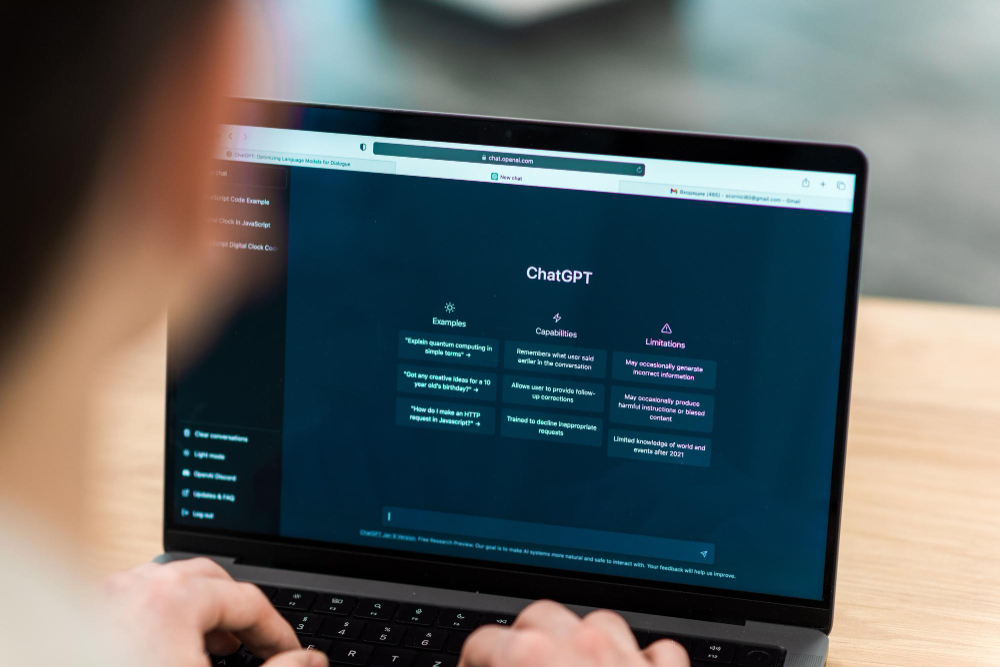








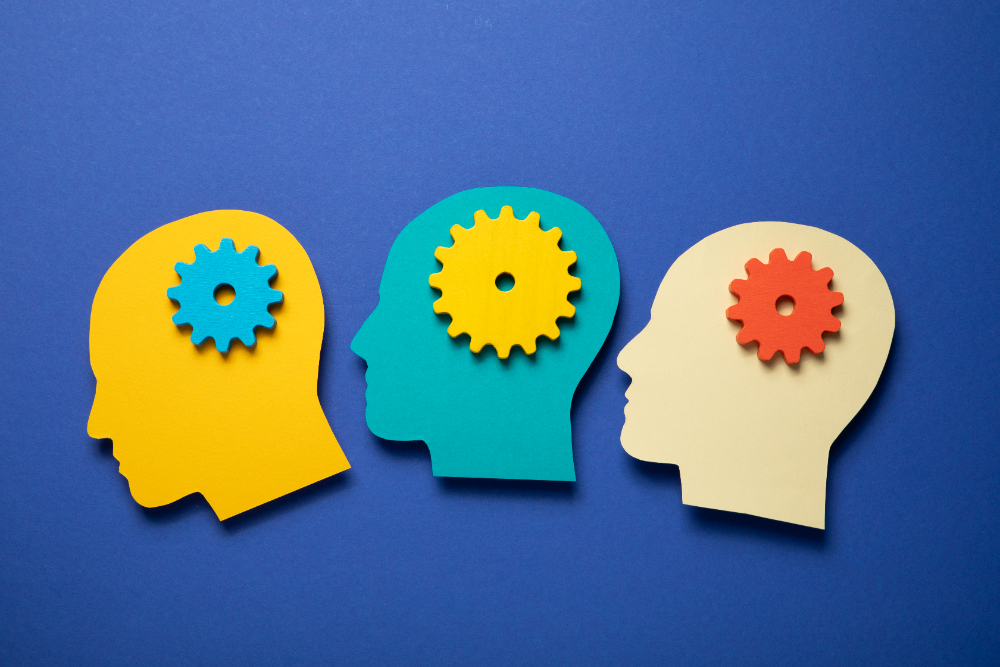



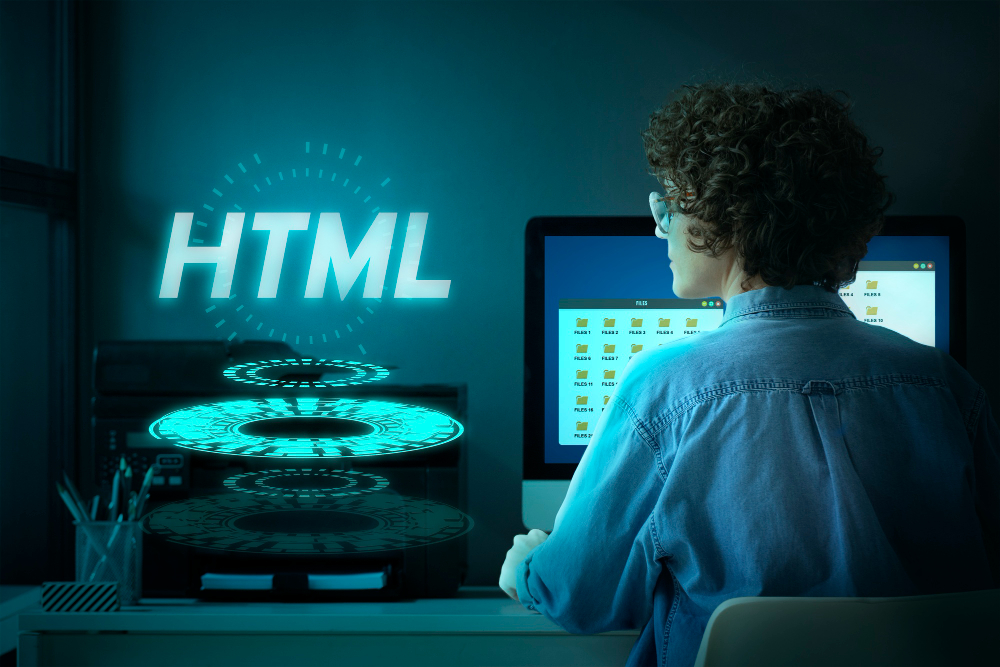


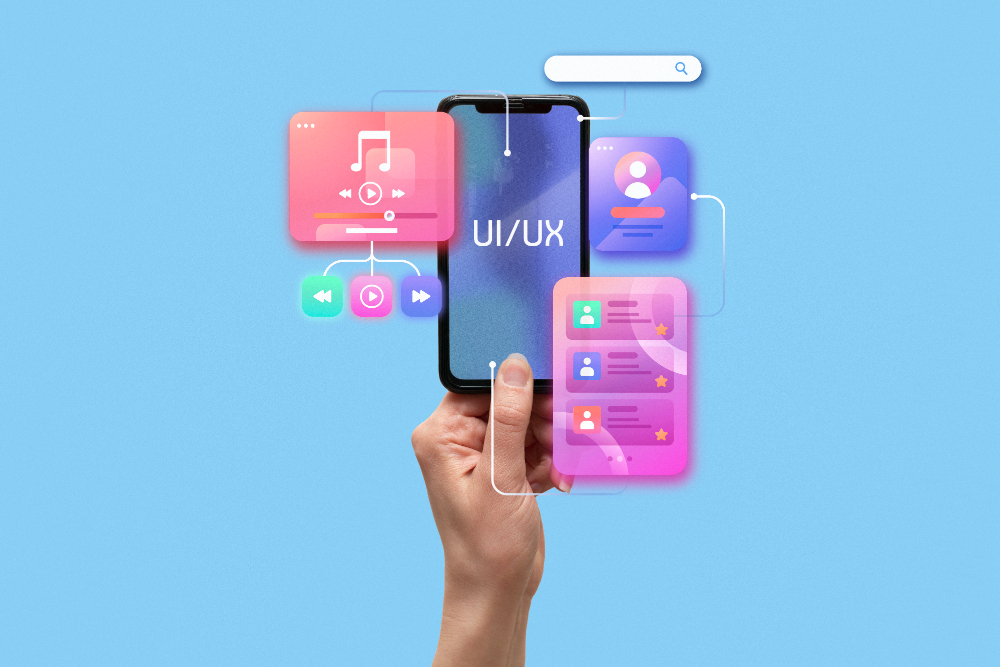





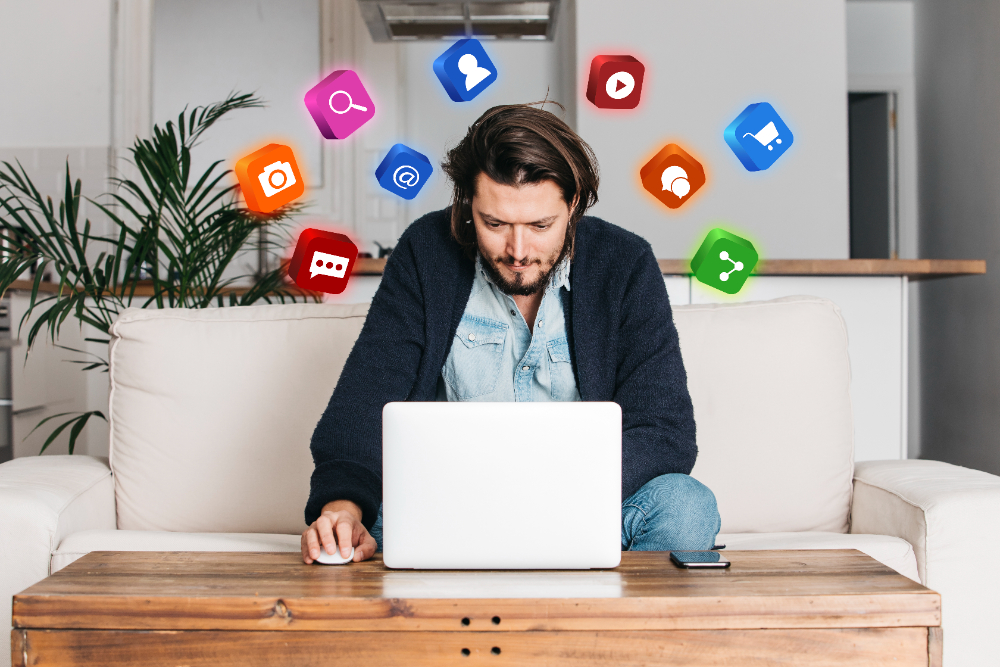
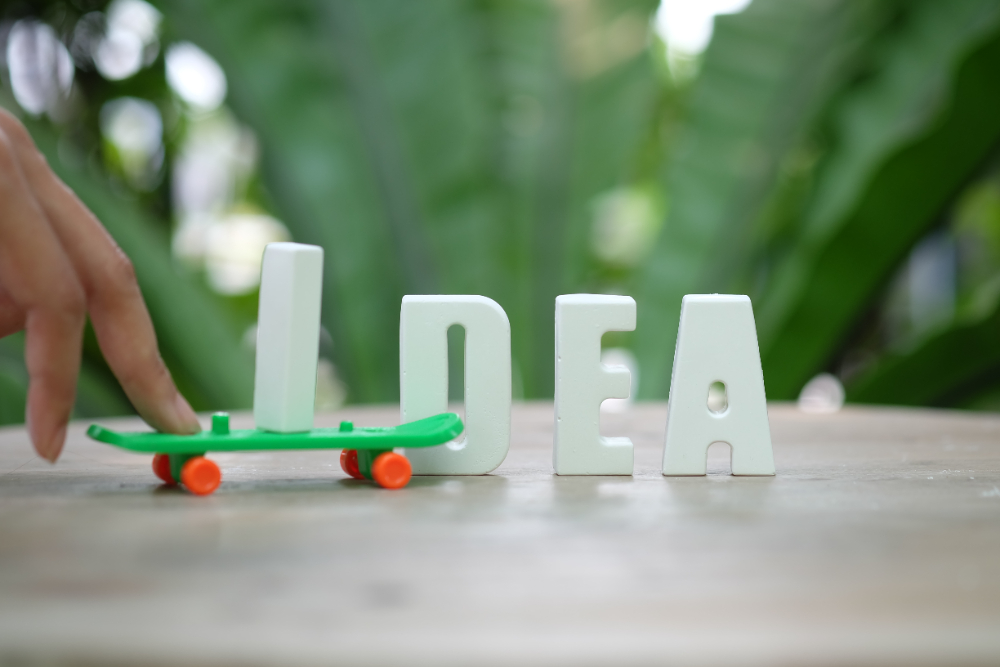
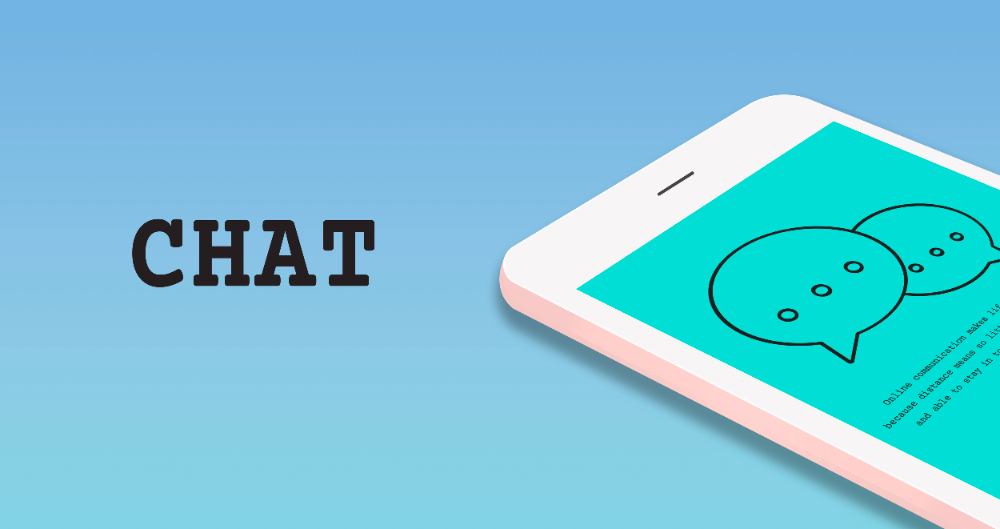
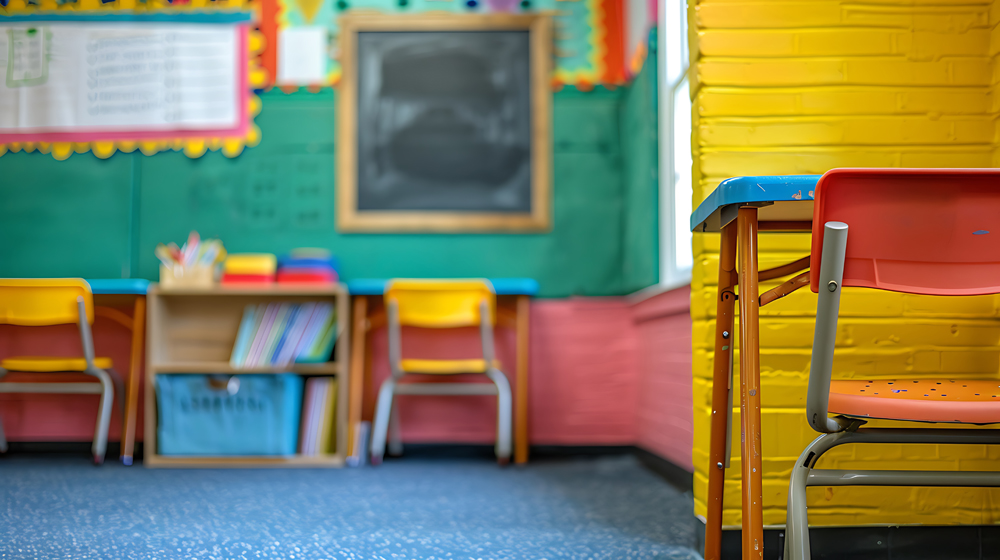
Comments are closed.